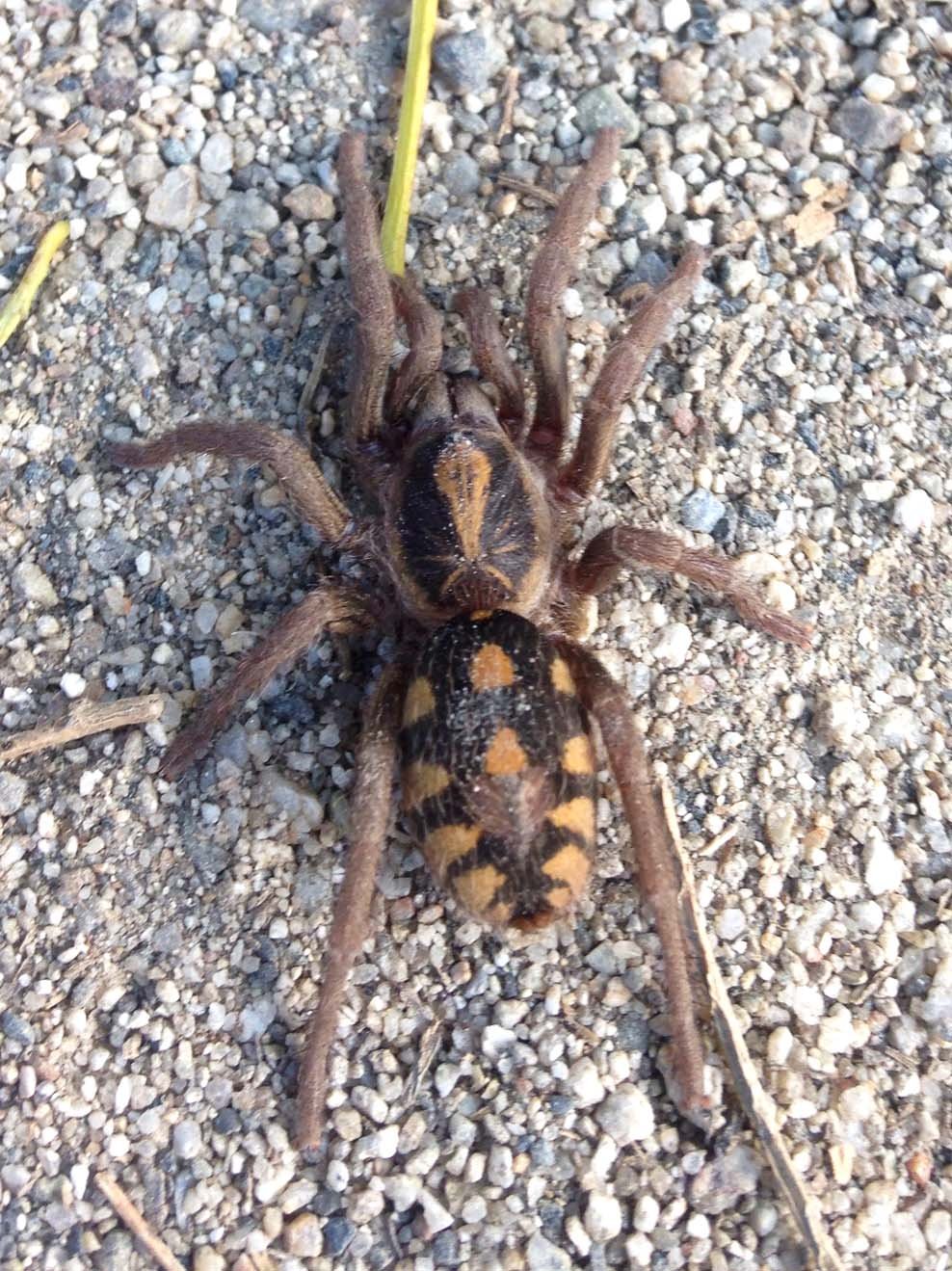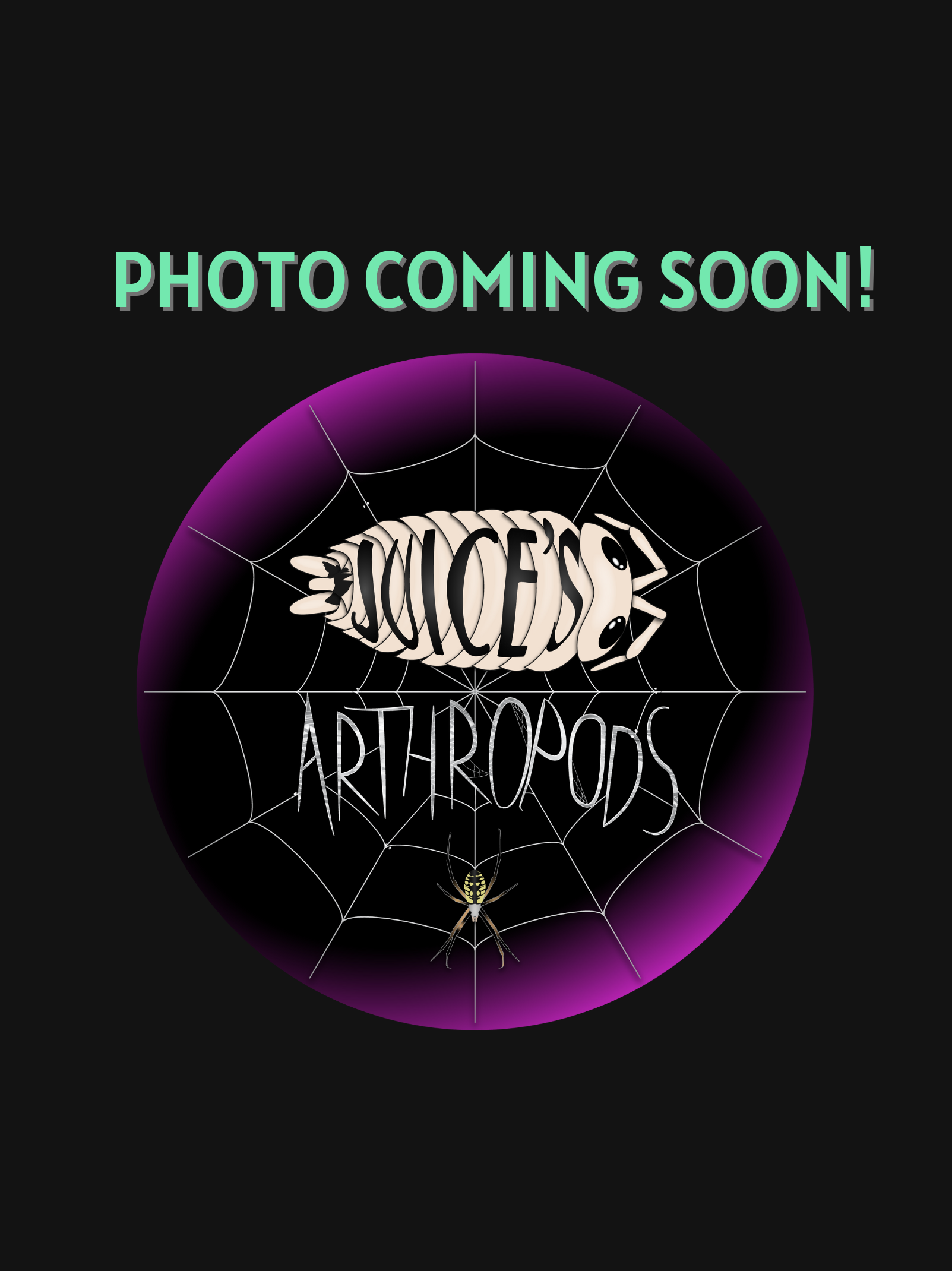What's the ideal diet for a Pumpkin Patch Tarantula?
All Tarantulas can eat a variety of feeders. We recommend crickets, dubia roaches, silkworms, horned worms occasionally, and a superworm or mealworm as the occasional treat!
How should I keep a Pumpkin Patch Tarantula?
We recommend starting with the Terrestrial Terrain small enclosure if under a ¼" -1.2" Spiderling (sling). When they are about 1" in size, you will want to upgrade to a medium or large Terrestrial Terrain enclosure. Feed them as slings once a week, twice if their opisthosoma (abdomen) looks small, but if the opisthosoma is wider than their prosoma (cephalothorax), then wait a couple of days to feed. For juveniles or adults, stick to feeding once a week, nothing larger than their opisthosoma. Make sure to keep a full water dish at all times; wider and deeper is fine. Your Tarantula can’t drown; they float on water.
How long could a Pumpkin Patch Tarantula live?
Hapalopus formosus females are believed to live between 8-10 years maximum, while males live roughly 3-4 years. These are the best estimates from multiple sources.
Some photos provided by iNaturalist, credit to:
Jorge I. Merchán Mayorga, some rights reserved (CC BY-SA)
Hector Mora, some rights reserved (CC BY)
Sebastian Serna Muñoz, some rights reserved (CC BY)












